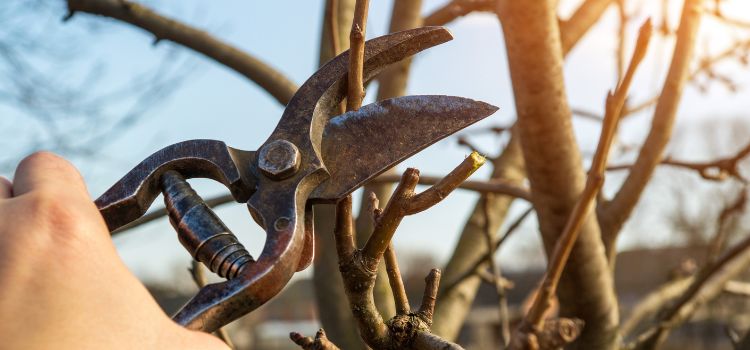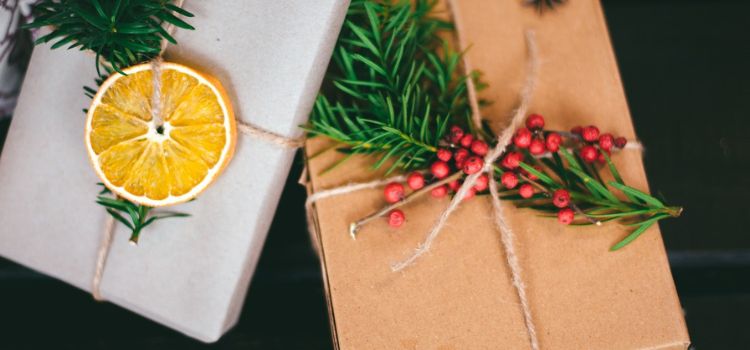How to Start a Fall Garden in the Southwest
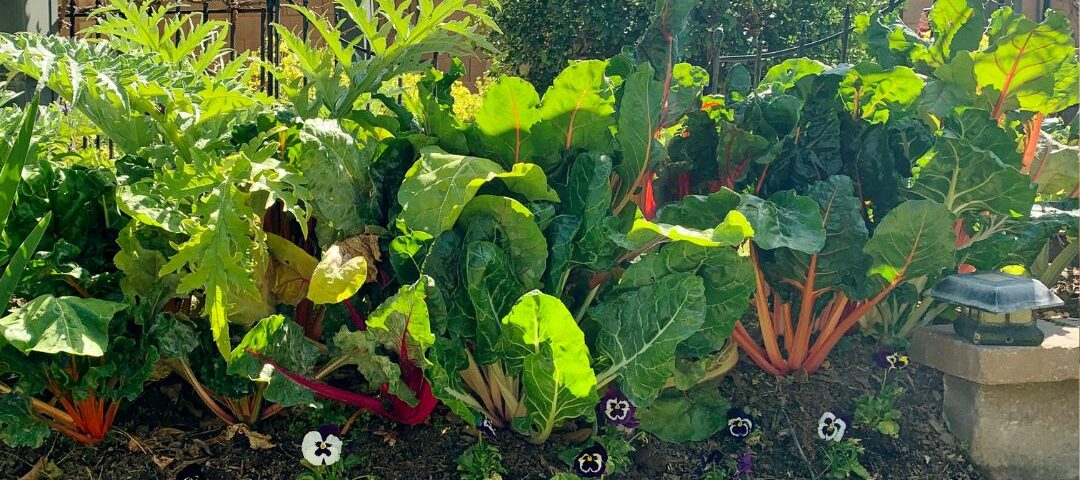
Are you ready to extend your growing season beyond the hot summer months? The desert Southwest, with its unique climate, offers the perfect opportunity to start a fall garden and enjoy fresh, homegrown vegetables well into winter. With the right preparation and careful planning, you can fill your basket with nutritious crops like spinach, carrots, broccoli, kale, and more. Let’s dive into the essential steps and expert tips for starting a successful fall garden in the Southwest.
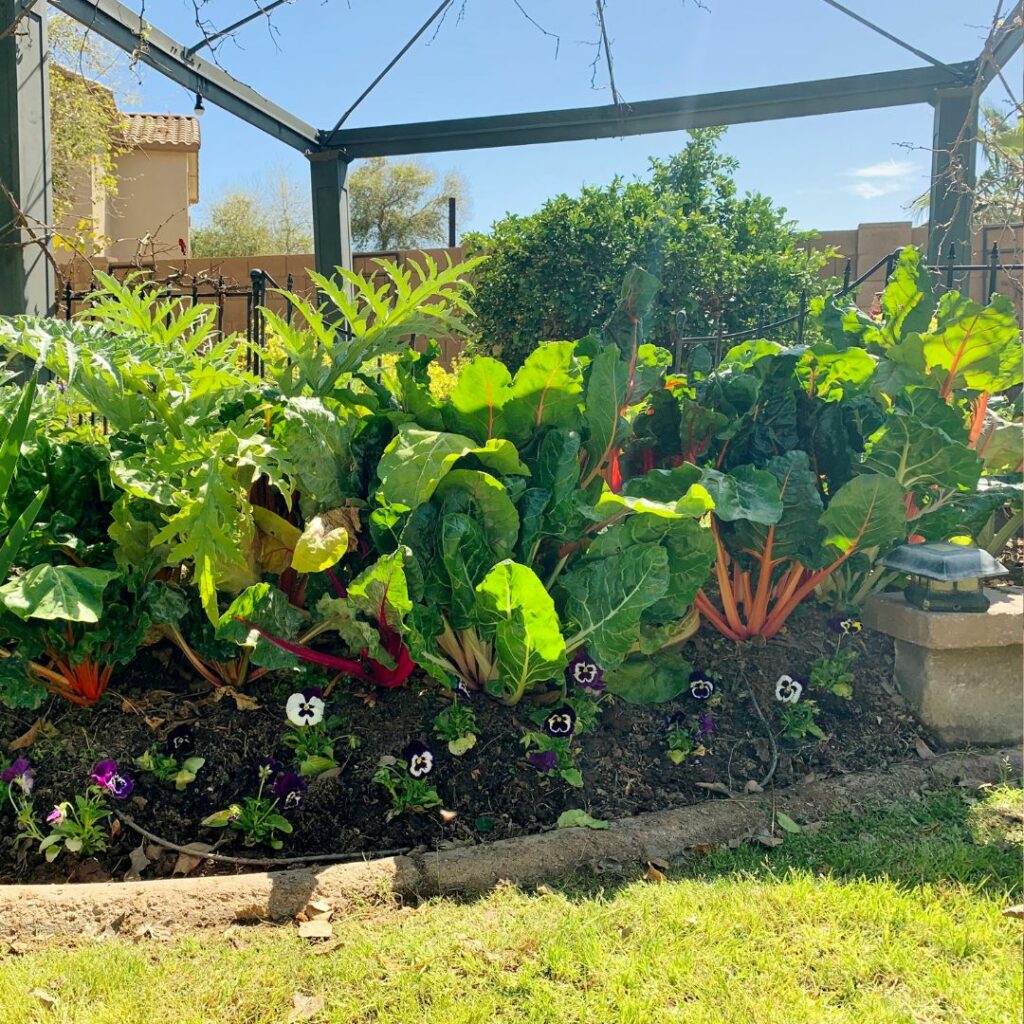
Why Fall is the Ideal Time to Start a Garden in the Southwest
The intense summer heat may have kept you from planting, but fall is a prime time to start a fall garden in the Southwest. The cooler temperatures and longer nights create a favorable growing environment, while still allowing for an extended harvest season. As the days shorten, plants grow slower but healthier. This means you can enjoy a more gradual harvest of leafy greens, root vegetables, and brassicas.
Benefits of Starting a Fall Garden
- Longer growing season: Cooler weather reduces the stress on plants, resulting in more robust growth.
- Fewer pests: Many summer pests die off or go dormant, making it easier to manage common garden problems.
- Extended harvest: Fall crops can often be harvested well into winter, providing fresh produce during the cooler months.
1. Choose the Right Location
Choosing the perfect spot for your garden is key to success. Sunlight is essential, even in the cooler months. Unlike summer, when the sun can scorch plants, fall gardens need about 6-8 hours of direct sunlight daily. Here are some tips to help you pick the ideal location:
Ideal Sunlight Exposure
- Monitor sunlight patterns: As the angle of the sun changes in fall, areas that were sunny in summer may not receive as much light.
- South-facing walls: In the Southwest, south-facing walls are ideal because they capture more sunlight, providing warmth and energy for your crops.
Adjusting for Cooler Days
- Areas that may have been too hot in summer can now serve as the perfect spot for your fall garden. Observe your garden’s layout and choose an area that will get the most sun.
2. Prepare Your Soil for Planting
Soil health is everything in gardening, and after a long summer, your soil likely needs a boost. Decomposing organic matter and the high heat of the desert can deplete your soil’s nutrients, making it essential to refresh the soil before you start a fall garden in the Southwest.
How to Refresh Your Soil
- Add compost: Organic compost replenishes nutrients and helps retain moisture, which is critical in desert climates.
- Top off raised beds: The soil level may have dropped due to decomposition. Add a few inches of compost or a quality raised bed mix to fill them back up.
- Mix compost types: Purchase a variety of composts to get a blend of nutrients.
Tip: You can make your own compost using kitchen scraps, leaves, and grass clippings to enhance your soil naturally.
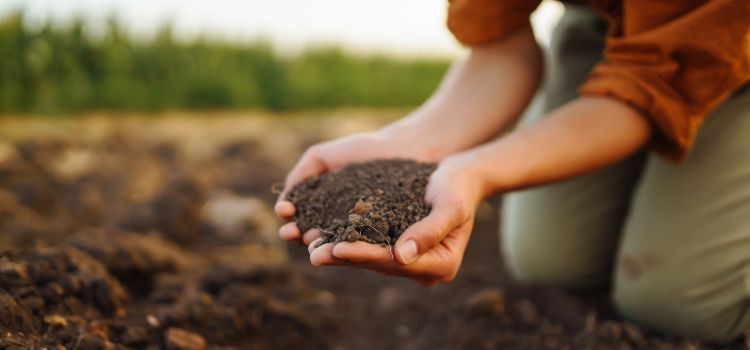
3. Pick the Right Crops for Fall Gardening
One of the joys of starting a fall garden in the Southwest is the variety of cool-season crops that can thrive. You’ll want to focus on plants that mature quickly and tolerate light frost, as the growing season can be unpredictable.
Quick-Growing Crops (Harvest in 40 Days or Less)
These crops are ideal for quick harvests before cooler temperatures set in:
- Arugula
- Radishes
- Turnips
- Mustard greens
- Tatsoi
- Mizuna greens
Frost-Tolerant Crops
For crops that can handle cooler nights and even light frost:
- Spinach
- Kale
- Broccoli
- Carrots
- Brussels sprouts
- Cabbage
How to Choose Seeds and Transplants
- Seeds: Choose short-season varieties (check the seed packet for “days to harvest”). Opt for seeds with the fewest days to maturity to maximize planting cycles.
- Transplants: When choosing transplants, smaller seedlings are often better. Larger plants may be root-bound and struggle to adapt to their new environment.

4. Expert Tips for Planting Seeds and Transplants
Now that you’ve chosen your crops, it’s time to plant. Whether you’re working with seeds or transplants, getting them started right is key to a productive fall garden.
Tips for Planting Seeds
- Water often: Seeds need consistent moisture to germinate. Never let the soil dry out.
- Plant deeper: In the desert, planting seeds slightly deeper than normal ensures they stay cooler and moist longer.
- Thin seedlings with care: Instead of pulling out seedlings, use scissors to thin them out. This avoids disturbing the roots of the remaining plants.
Tips for Planting Transplants
- Avoid root-bound plants: Larger transplants often have roots that are too compact, making it hard for them to spread out.
- Harden off: If you’re starting transplants indoors, let them adjust by placing them in the shade for a day or two before transplanting.
- Plant at night: If temperatures are still high during the day, plant in the evening to allow transplants to settle overnight.
- Morning planting: If it’s cold at night, transplant in the morning to give seedlings time to adjust before the night chill.
5. Manage Pests in Your Fall Garden
While pests aren’t as active in fall, some can still be a threat. Keeping a close eye on your crops to prevent infestations is important.
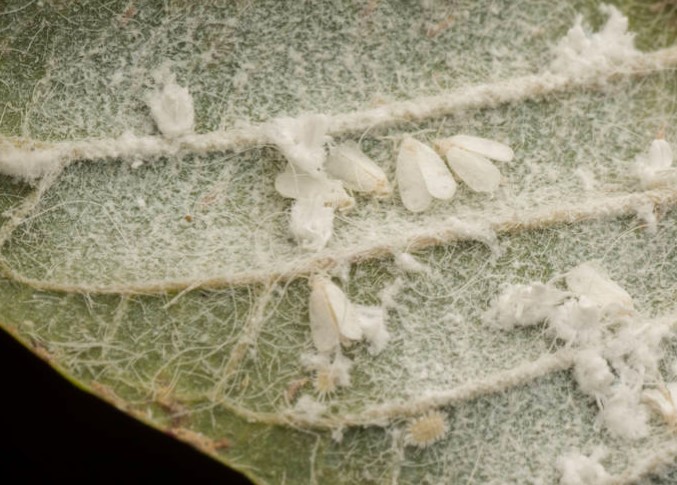
Common Fall Garden Pests
- Whiteflies: These tiny insects thrive in the late summer and early fall. Use soapy water sprays to knock them off plants, or set yellow sticky traps.
- Aphids: Often found on brassicas like cabbage and broccoli, aphids leave a sticky residue on plants. A soapy water solution can help control them.
- Cabbage worms: Use row covers to keep moths from laying eggs, and handpick any worms you see. Bacillus thuringiensis (BT) is also effective.
Tip: Healthy plants are less prone to pests. Keep your garden well-watered and provide nutrients to avoid attracting insects.
6. Mulch and Water Wisely
Mulching is one of the most effective ways to protect your garden from the harsh desert climate. Mulch helps to retain moisture, prevent weeds, and insulate your soil. As it decomposes, it also adds valuable nutrients to your garden.
Best Mulching Materials
- Shredded leaves
- Wood chips
- Compost
Tip: Use organic mulches that will break down over time and enrich the soil.
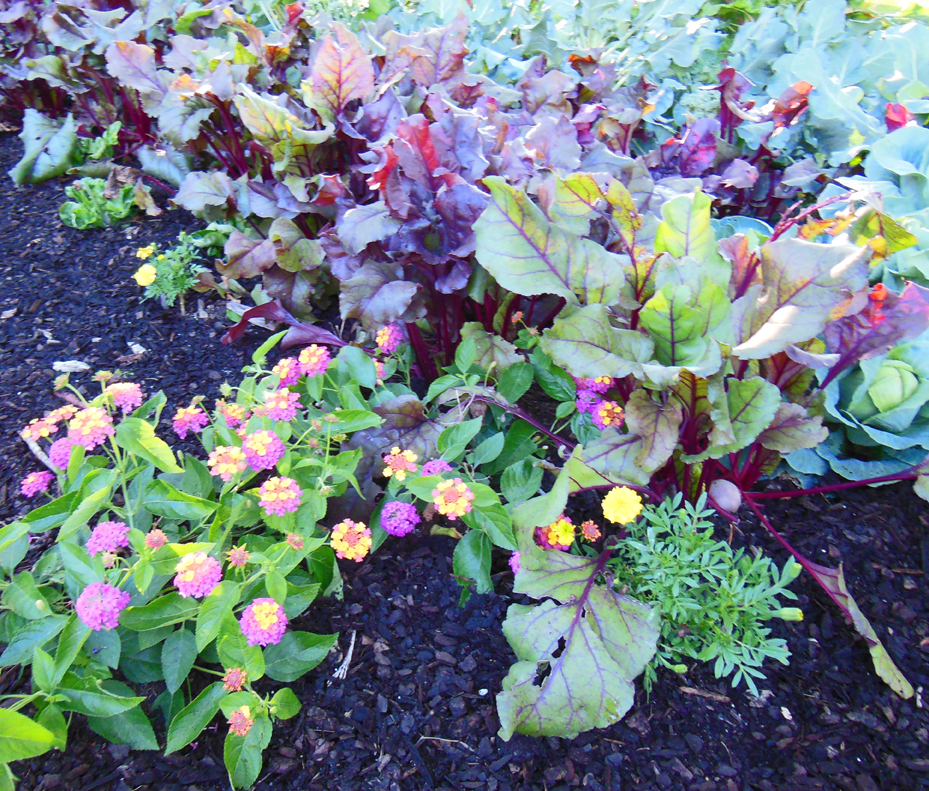
Watering Your Fall Garden
Watering in the Southwest requires extra attention, especially in the early stages of planting. Newly planted seeds and transplants need to be kept moist. As temperatures cool down, you can gradually reduce the frequency of watering.
- Water early in the day: This prevents moisture loss from evaporation.
- Automatic systems: Consider using drip irrigation or an automatic watering system to ensure consistent hydration, even when you’re not available to water manually.
Final Thoughts on Starting a Fall Garden in the Southwest
Starting a fall garden in the Southwest doesn’t have to be complicated. By choosing the right crops, preparing your soil, and following these expert tips, you’ll be well on your way to a successful, bountiful harvest. Enjoy fresh, nutritious produce throughout the fall and even into the cooler months. Happy gardening!

Read Our Latest Posts…
- Start the New Year with a Thriving Edible LandscapeExpert tips for desert gardening, from plant zoning and efficient irrigation to soil care and agriscaping for a sustainable landscape.
- Understanding Freeze PruningExpert tips for desert gardening, from plant zoning and efficient irrigation to soil care and agriscaping for a sustainable landscape.
- A Garden-Fresh Christmas: Agriscaping Tips for a Festive and Sustainable HolidayExpert tips for desert gardening, from plant zoning and efficient irrigation to soil care and agriscaping for a sustainable landscape.



